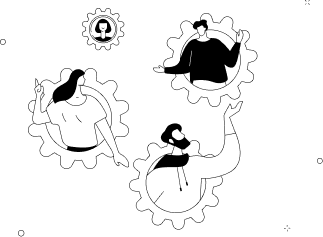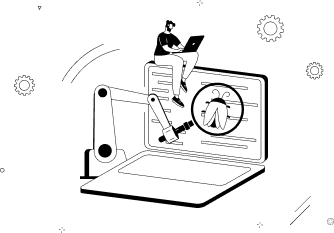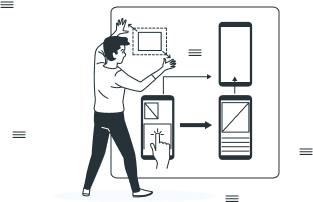In the dynamic world of start-ups and product development, understanding the concepts of a Minimum Viable Product (MVP) and a Proof of Concept (POC) is crucial. These strategies are often used in the early stages of product development to validate ideas, assess market needs, and reduce risks. However, they serve different purposes and are used in distinct ways. In this blog, we’ll delve into what MVP and POC mean, their differences, and how they can be effectively used in your project.
What is a Proof of Concept (POC)?
A Proof of Concept is typically the first step in the product development process. The primary goal of a POC is to demonstrate the feasibility of a concept or idea. It answers the question, “Can this idea be developed into a functioning product?”

Key Characteristics of a POC:
- Focus on Feasibility: A POC is used to test if a certain concept or theory can be turned into a viable product. It’s more about exploring the idea than presenting a finished product.
- Internal Validation: POCs are generally not released to the public. They are used internally to confirm that the concept works as intended.
- Limited Scope: The scope of a POC is usually limited to proving a specific idea or part of the product, and it does not encompass full functionality.
- Cost-Effective: Since POCs are small and focused, they are usually cost-effective and quick to produce.
What is a Minimum Viable Product (MVP)?
An MVP, on the other hand, is a strategy used to create a product with enough features to attract early adopters and validate a product idea early in the product development cycle.

Key Characteristics of an MVP:
- Focus on Market Viability: MVPs are designed to see if there is a market for your product. It’s about validating the demand for the product features.
- Feedback from Real Users: Unlike POCs, MVPs are released to a target audience. The feedback from these early users is critical for further development.
- Minimum Features: An MVP includes only the most essential features that solve a core problem for users, avoiding over-engineering or excessive features.
- Iterative Development: MVPs are built with the expectation of iterations based on user feedback, leading to continuous improvement of the product.
Differences Between MVP and POC
- Purpose: POC is about testing the feasibility of an idea, while MVP is about testing the market viability of a product.
- Audience: POC is often for internal stakeholders, whereas MVP is for the end users or customers.
- Scope: POC has a narrower focus compared to MVP, which aims to deliver a minimal but functional product.
- Development Process: POC may not lead to a full product, while MVP is a foundational version of the product that will be developed further.
When to Use POC and MVP
- Use a POC When: You have a new idea or technology and you need to test its feasibility before investing more time and resources.
- Use an MVP When: You have validated your idea through a POC and are ready to introduce it to the market to gather user feedback and start iterating.

Both MVP and POC play vital roles in the product development process, especially in the fast-paced start-up environment. By understanding the differences and purposes of each, businesses and entrepreneurs can make more informed decisions, reduce risks, and efficiently allocate resources. Whether it’s proving a concept internally or testing the market waters, these strategies are integral to successful product development.
In summary, start with a POC to test your idea’s feasibility and then move on to an MVP to test market demand and start building your user base. With this approach, you can efficiently guide your product through its early development stages and set a solid foundation for future success.








